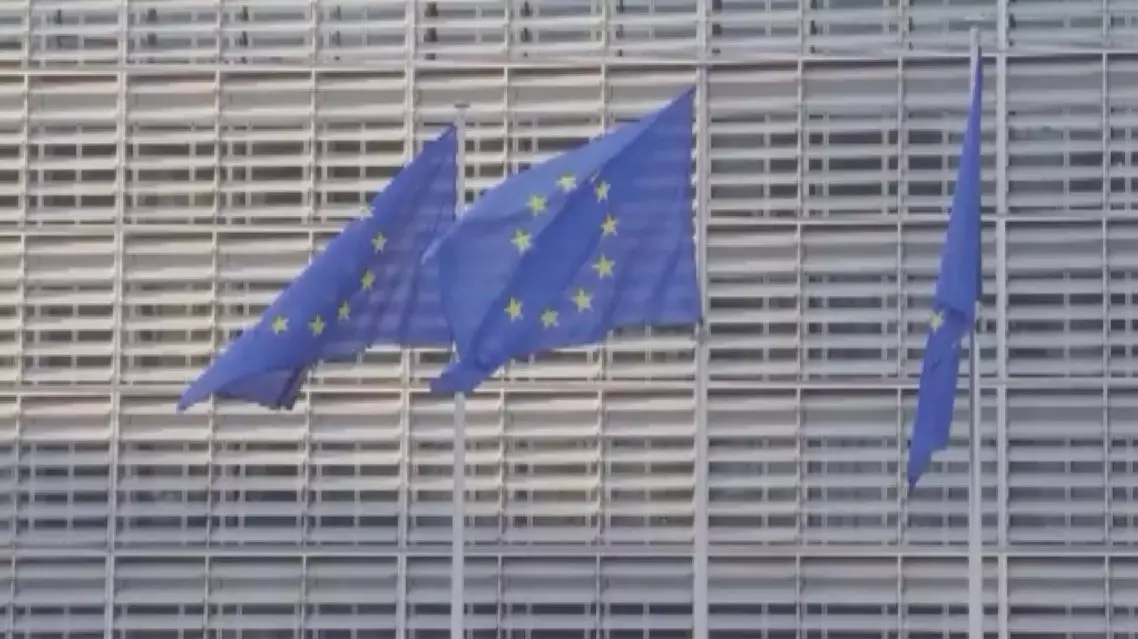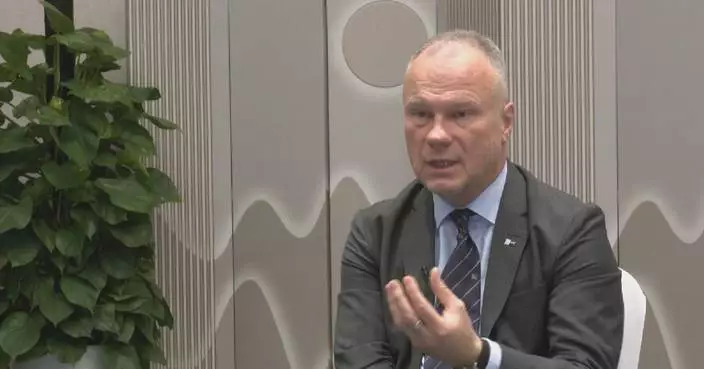The European Union (EU) economy is beginning to show modest growth after a period of stagnation, supported by ongoing disinflation, according to the European Commission's Autumn Economic Forecast released on Friday.
Gross domestic product (GDP) growth in the EU is projected to reach 0.9 percent in 2024, and 0.8 percent in the eurozone. In 2025, economic activity is forecast to accelerate to 1.5 percent in the EU and 1.3 percent in the eurozone.
Headline inflation in the eurozone is projected to more than half in 2024, declining from 5.4 percent in 2023 to 2.4 percent, before easing more gradually to 2.1 percent in 2025. In the EU, the disinflation process is expected to be even sharper, with headline inflation falling from 6.4 percent in 2023 to 2.6 percent in 2024, and further easing to 2.4 percent in 2025.
Meanwhile, inflation is steadily declining -- a trend that began at the end of 2022, driven largely by a sharp decrease in energy prices.
Service prices remain high but are expected to decline starting in early 2025 as wage growth slows and productivity improves.
The Commission predicts that inflation will reach the European Central Bank's (ECB) target of two percent in late 2025 for the eurozone and in 2026 for the EU.
However, uncertainty and downside risks to the economic outlook have increased.
Key risks include the ongoing conflicts in Ukraine and the Middle East, which have heightened geopolitical instability and energy security concerns.
Domestically, the EU faces policy uncertainty and structural challenges in the manufacturing sector, which could lead to a loss of competitiveness, dampen growth, and impact the labor market. The European Commission also highlighted natural hazards, such as the recent floods in Spain and summer forest fires, as significant risks.
The Commission warned that a further increase in protectionist measures by trading partners could disrupt global trade, weighing on the EU's highly open economy.

EU sees economic growth despite persistent uncertainty









